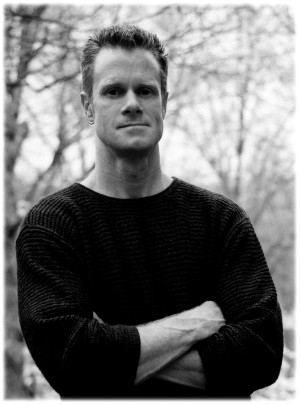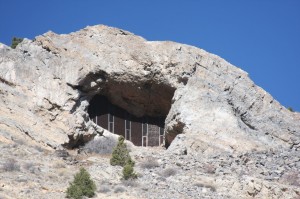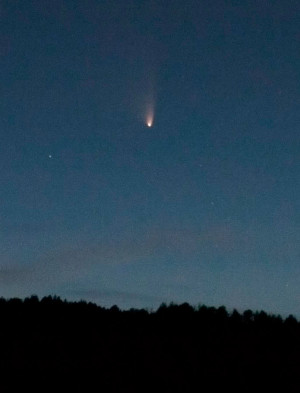by Peter Anderson
In October of 1960, I saw Nikita Kruschev ride by in an open car, waving to a hostile crowd of onlookers. Kruschev, the leader of the Russian Communist Party, was on his way to a Long Island estate where Russian diplomats from the UN occasionally stayed. I remember him as a portly, red-faced man, smiling and waving to the roadside spectators who held up signs and hurled insults his way. “Go home, pig,” yelled a man standing beside me. I was a curious four-year-old wondering why everyone seemed to hate this seemingly jolly Russian.
That’s the way the 1960s began for me, or at least in my memory. My father, who had worked with the CIA in 1950, carried his Cold War beliefs well into the 1970s. Shortly after the Cuban Missile Crisis in May of 1962, he considered building a bomb shelter in our suburban backyard. I was glad that he opted for a swimming pool instead. But the threat of Communism continued to haunt him. He believed in the Domino theory, whereby Communists were out to subdue the world one country at a time. He was also convinced that Communist sympathizers, maybe even spies, had infiltrated colleges and universities, where students were increasingly getting involved in the anti-war movement.
My father was appalled that his teenage son seemed to be leaning toward the anti-war side of the equation. It may have been the music. The first record I bought was Paul Anka’s Greatest Hits. That was safe enough. But the next one was Peter, Paul and Mary, a gateway record to other dangerous folkies and lefties – Bob Dylan among them – who eventually plugged in their guitars. Then it was Katy-bar-the-door. Pretty soon, the demonic communists of the counterculture were subverting my elementary school book fair. Somehow, school sensors had failed to nix a book called Voices from the Love Generation, a collection of interviews with counterculture thinkers from San Francisco. I read that book at the tender age of thirteen. Despite my father’s frequent lectures, I was slipping away.
I mention all of this because of a recent gathering here in Crestone, where many of my elders spent an evening reflecting on their experiences of the tumultuous, now mythic, 1960s. I listened with great interest as my neighbors offered firsthand accounts of Civil Rights demonstrations, early experiments (funded by the CIA, among others) with LSD near Stanford University in California, Martin Luther King’s “I Have a Dream” speech, the March on Washington, and the protests at the Democratic Convention in 1968.
A gathering of people reflecting on the ‘60s in another community would likely have taken on a much different tone than the one I exhibited here in Crestone, a town that sometimes seems like a refuge (or reservation) for alternative doers and thinkers. Here, the conversation was thoughtful, but also nostalgic for the passions of those times. It is easy to think of Crestone as a cultural anomaly in this agricultural valley, and in many ways it is, although the population of our county, and of the valley as a whole, tends toward the blue end of the political spectrum.
But I also think of Crestone as part of a bigger historical continuum along the flanks of the Sangre de Cristos, which links us more to northern New Mexico than Central Colorado. I see the preponderance of ‘60s and ‘70s communes like New Buffalo and Lama near Taos, Libre near Gardner, and Drop City further east on the other side of the range as an upwelling of the same alternative sensibilities that led to flourishing art communities in northern New Mexico earlier on in the 20th century. Why have the Sangres attracted these alternative subcultures? I don’t know. Maybe it’s the light.
Now another cultural wave may be welling up. The other day, I was walking my nine-year-old daughter home from school. We passed by some new neighbors who were casually watering a huge cannabis crop in their backyard, which I assumed was legal (maybe a medical weed permit), only because it was so blatant. Already, alternative ag, such as it is around here, has become a mainstay of our local economy. My daughter will no doubt have questions as she gets older: Have you ever smoked it, Papa? And again I will be trying to find words for those heady days, now long ago, which I am still trying to understand.





